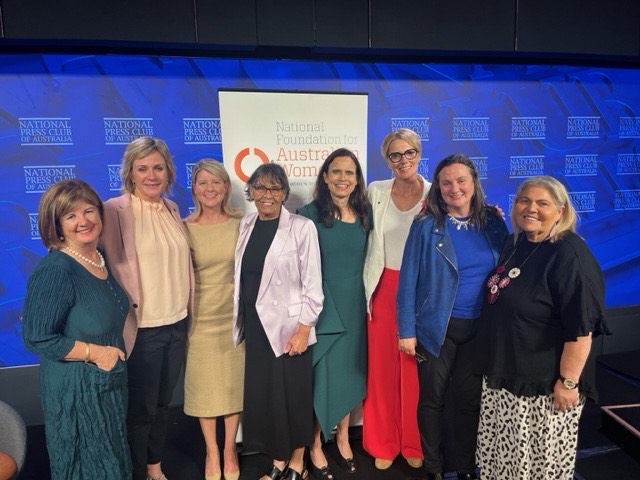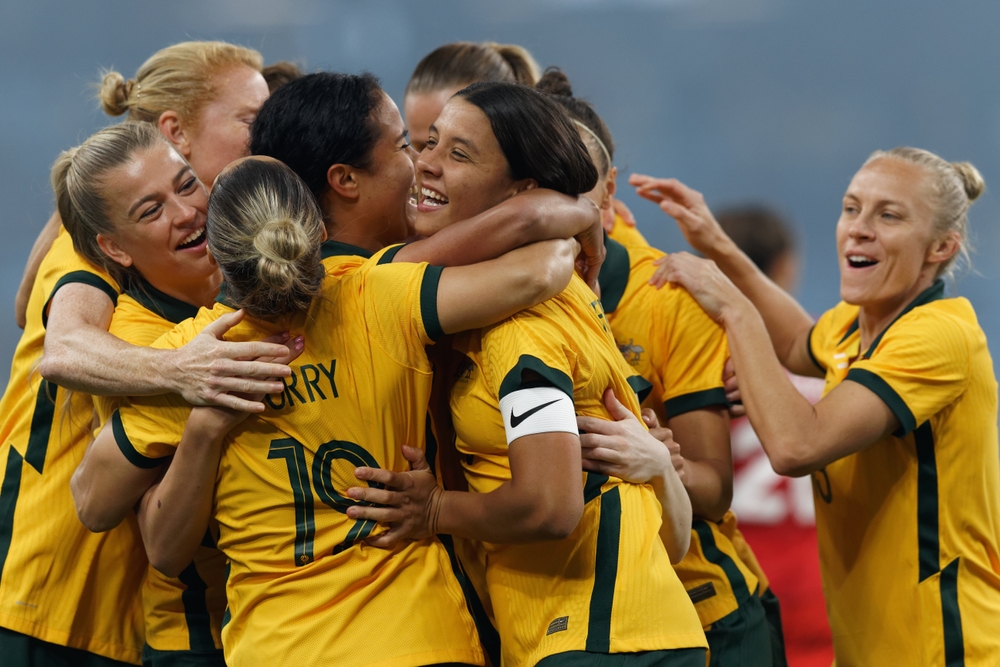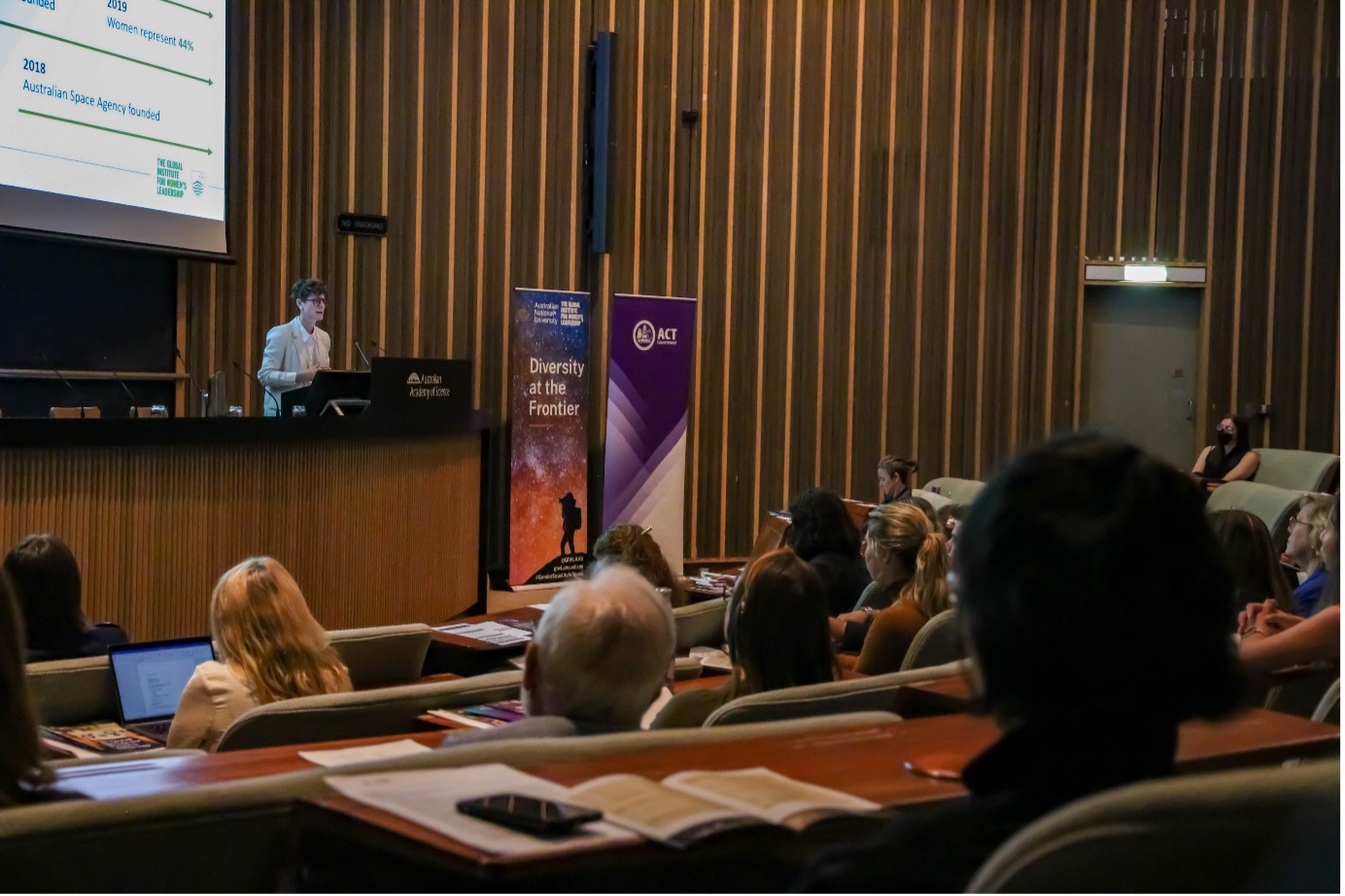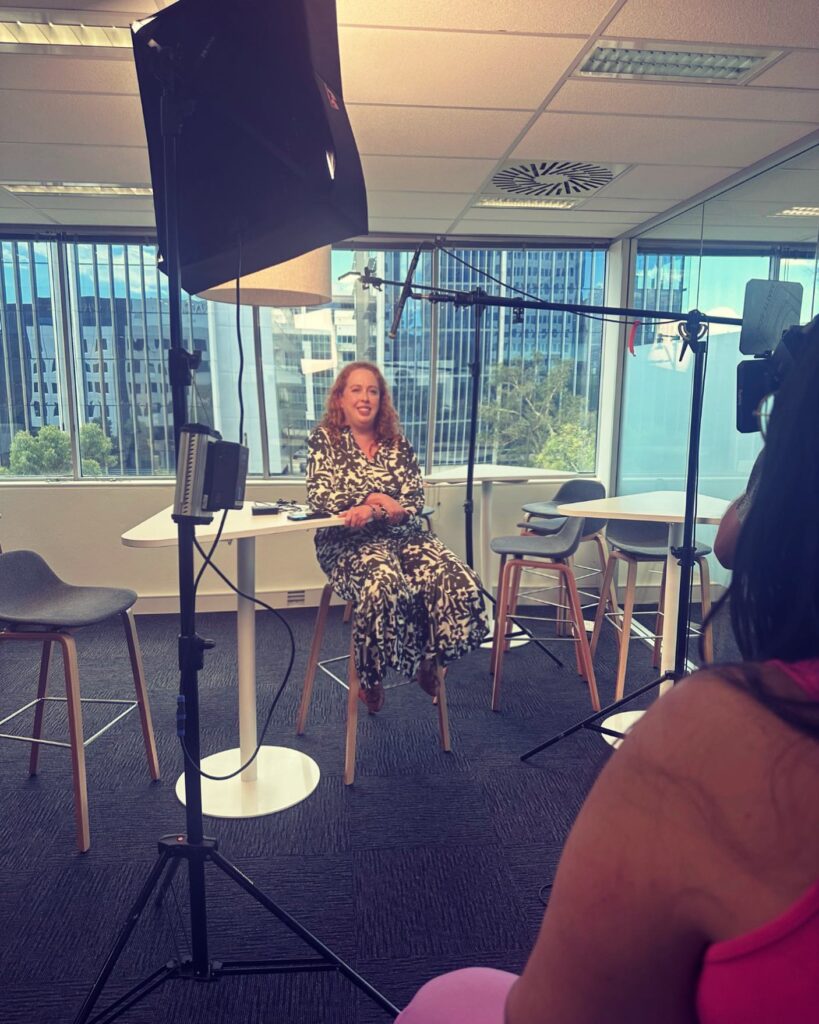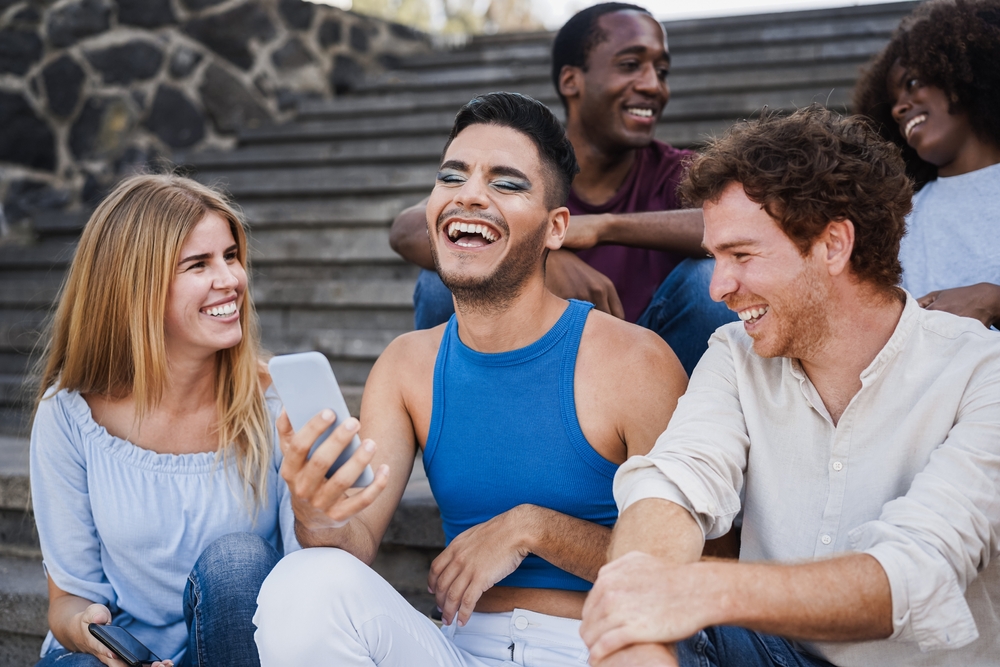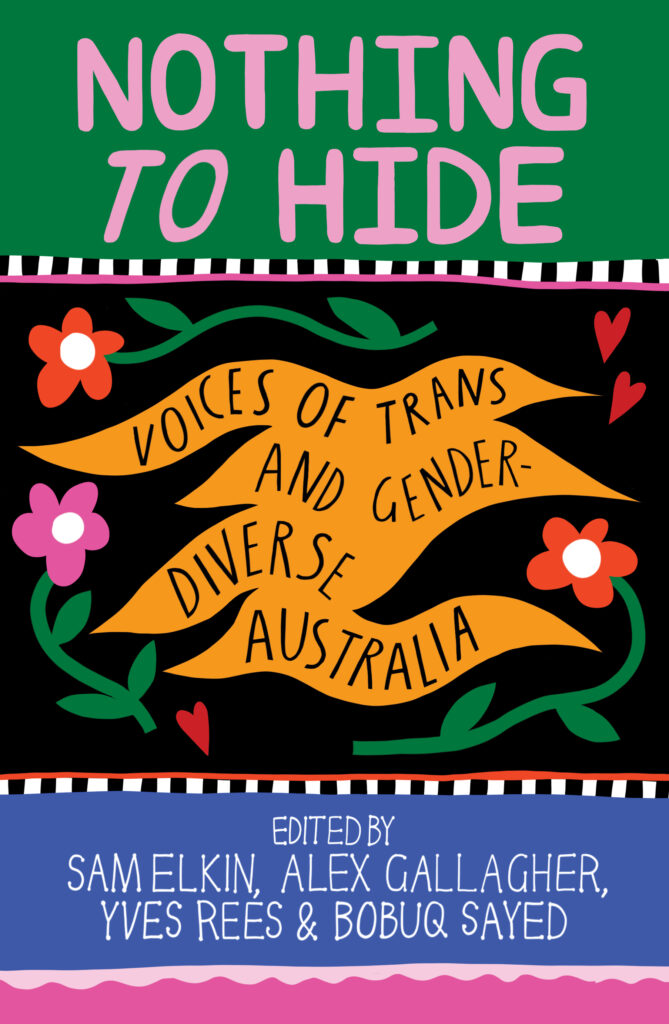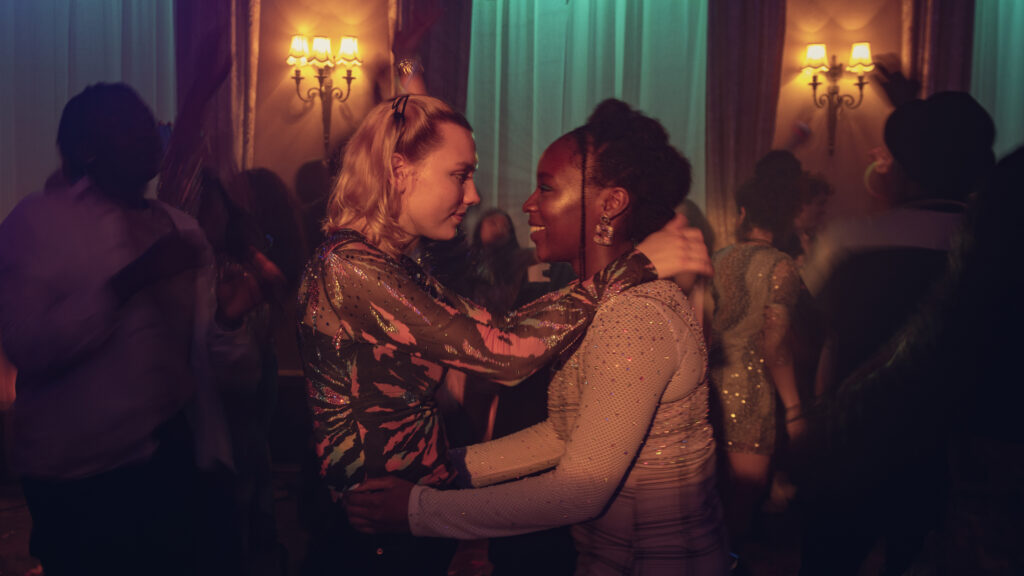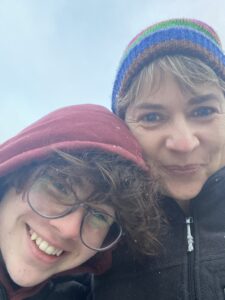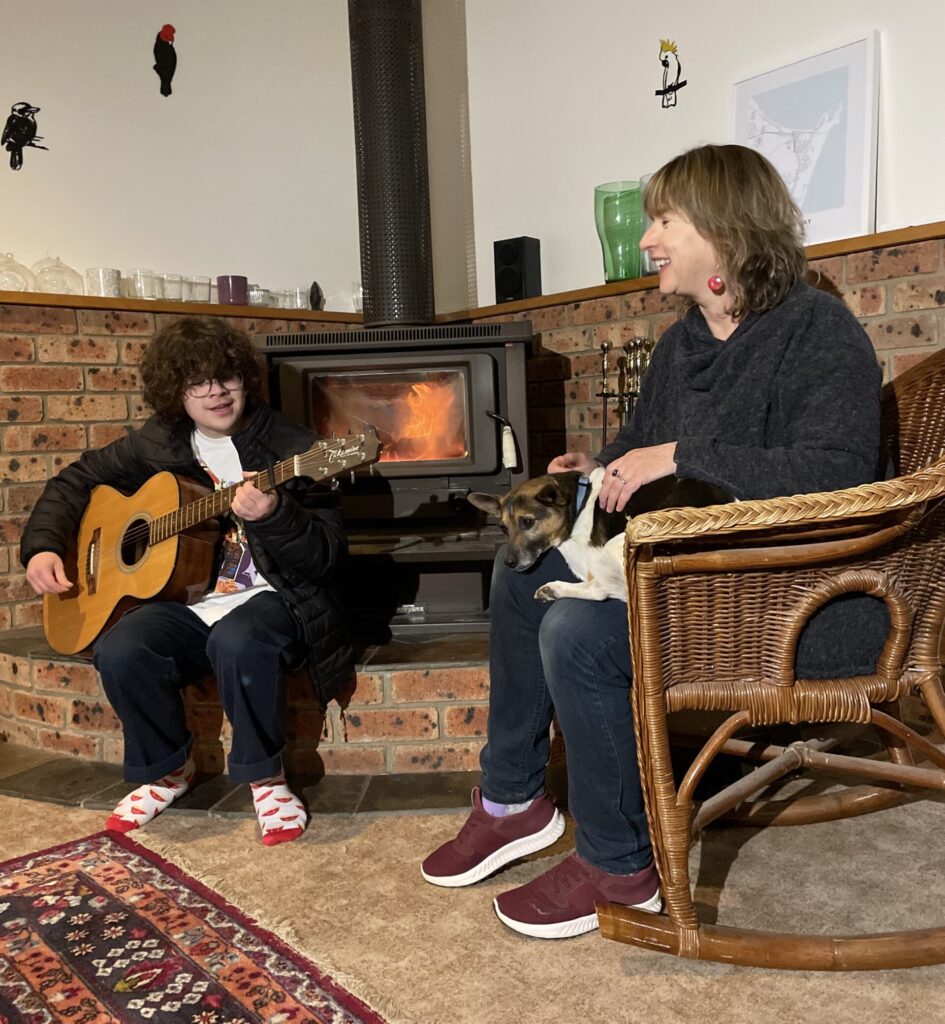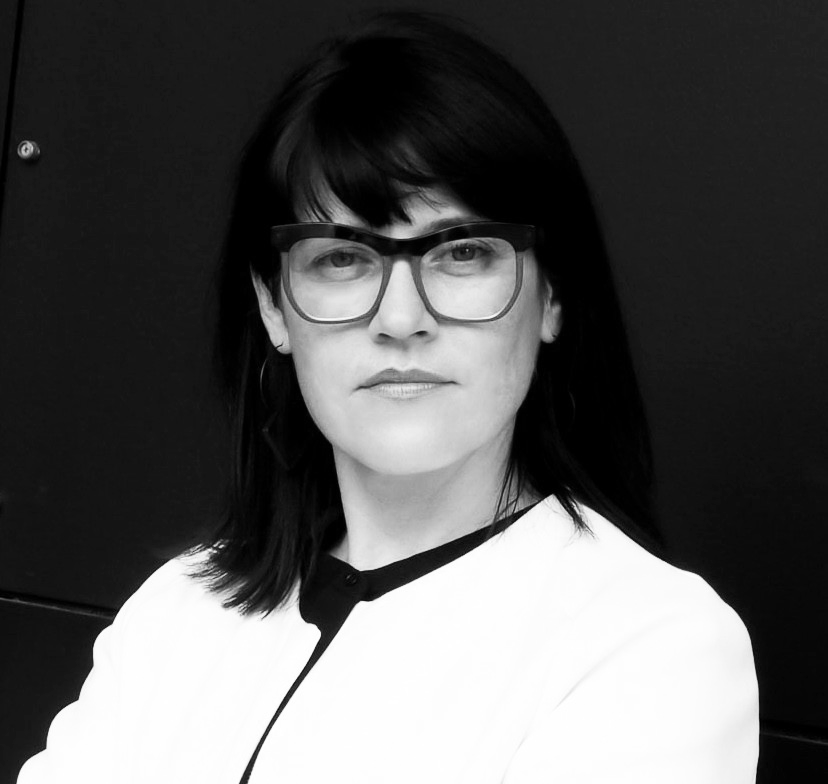Currently there’s an ambitious exhibition on at the Pride Centre in Melbourne called TransTrans. The show delves into the history of gender-diverse communities and scientists in Berlin, America and Australia and explores the transnational networks between trans communities between the 1900s–1970s. BroadAgenda editor Ginger Gorman had a chat with curators Professor Birgit Lang and Associate Professor Katie Sutton.
Let’s go back to the start. Where did the idea for this exhibition come from?
So this exhibition first showed in earlier versions in Canada and Germany, and the original idea was to tell a history of trans networks in the 20th century, especially across the Atlantic between Germany and the US, but for the Victorian Pride Centre we redeveloped it to a much more transnational story that brought in a lot more Australian voices, in a way that went against the grain of medicalized histories.
Doctors involved in early trans medicine like Magnus Hirschfeld in 1920s Berlin, Harry Benjamin in 1950s/60s San Franciso and Herbert Bower in 1950s and 1960s Melbourne are part of this story.
But what the exhibition really foregrounds are the trans networks and activists who drove new forms of gender-diverse community-making across these decades, and how they worked with and sometimes pushed back against medicalized ways of understanding nonconforming gender identities.
If you were explaining the idea behind the show to a stranger – and what story it’s telling – what would you say?
The exhibition tells a history of expanding trans networks, communities, medical developments and activism across the early to mid-20th century, finishing before the era of Stonewall and the new wave of global LGBTQ liberation politics that the 1970s brought. It starts with the early days of trans medicine and politics in the 1900s-1910s, when new labels that were the precursor to contemporary trans and gender-diverse identity were being coined and debated and hormone research was just starting to take off, with a particular focus on the boom in queer and trans community, politics and sexual science in 1920s Berlin and Germany, centred on places like sexologist Magnus Hirschfeld’s Institute for Sexual Science in interwar Berlin (there’s a great picture of a costume party at the Institute at the start of the exhibition).
It then takes visitors to the post-World War II United States, when trans politics and medicine saw a new era of flourishing and increasing media attention around famous figures like Christine Jorgensen – even though this also a very difficult period for many people to be gender-nonconforming – and to Australia and other parts of the world, with a “network wall” tracing some of the connections between activists, doctors, and organizations across these different times and spaces.
Why does the show have such an international scope? How and where did you research TransTrans?
For this show we worked closely with materials brought together by the original curators: Annette Timm, Michael Thomas Taylor, Rainer Herrn and Alex Bakker, who had organized the German and Canadian shows and focused on transatlantic connections. In building on these materials, we drew on our own research on early 20th-century Germany, and we also worked closely with the Australian Queer Archives, particularly archivist Nick Henderson, and with an Advisory Board that included Michelle McNamara and Son Vivienne from Transgender Victoria, Greer McGearey, a longstanding member of one of the oldest local trans organizations, Seahorse Victoria, and Noah Riseman, author of Transgender Australia.
Of course, while we changed the exhibition title to become “transnational” histories, it still focuses on a relatively small number of countries and networks, which was necessary to tell a coherent story, which focuses on overturning medical histories and telling these from a trans perspectives. There are so many stories of trans and gender-diverse lives that TransTrans does not touch on, particularly intersectional histories of People of Colour, First Nations, disabled and working-class class trans people. We were very conscious of this, and thematize these omissions in the section “What we see and what we don’t,” which encourages visitors to join us in critical reflection on the limits of our archives and sources.

Curators Birgit Lang (left) and Katie Sutton (right) at the TransTrans exhibition. Picture: Supplied
The show tracks the evolution of trans affirming health care today. Tell us more about that.
The exhibition foregrounds different stories. Maybe most importantly, how crucial early community support was for trans people to obtain a sense of self and belonging.
This community formation sometimes included doctors such as Hirschfeld and Benjamin who reached out to communities to better understand gender diversity, often through quite immersive, anthropological ways of creating knowledge.
We know of a Weimar-era Berlin song by singer and comedian Otto Reutter, titled “Here comes Hirschfeld” (“Der Hirschfeld kommt!” in German) which teased Hirschfeld about being overtly happy to interpret any quirkiness in terms of gender diversity. It is a good example of how this early community was well aware of the role the gay activist doctor played in advocating for LGBTQ people while they could also take the mickey out of these medical approaches at the same time.
The exhibition also shows how the road for gender affirming surgery was particularly hard. Trans people often had to travel abroad to obtain rather experimental and new surgeries (which was obviously not possible for everyone for financial and other reasons).
Some, in desperation, took to drastic measures of self-harm to push for surgery. This is quite confronting to read about.
Medical doctors also faced push back from the ranks of their own profession, as for example in the case of Dutch sexologist and psychiatrist, Coen van Emde Boas, who was prevented by an outraged hospital director from undertaking further gender affirming surgeries.
The exhibition recognises some key figures. Who is your favourite or the person who you find most interesting?
A person whose story we keep finding ourselves being drawn back to is Gerd Katter, whose “transvestite pass” from 1928 appears in the show. Katter was an 18-year-old apprentice carpenter working in Berlin, Germany at the time, and had to go to the city police to get this document, after first going to sexologist Magnus Hirschfeld’s Institute for Sexual Science to get medical certification of his trans status – that he was “known to be wearing men’s clothing.” This document was one that Katter was to carry around on his person and allowed him to go about his daily life in Berlin without worrying about getting arrested for causing a “public mischief.”
We’re really interested in how Katter’s photograph, as he gazes boldly past the camera in his short back and sides haircut and smart suit, can give us some insight into the assertive way he bore his gender nonconformity at a time of rapid social change, and how he entered into these exchanges with doctors and police In order to go about his daily life – a tale of forced negotiations and constraint but also of tolerance and a degree of freedom for gender-diverse people in 1920s society that was a strong contrast to what would happen once the Nazis took power in 1933.
Sometimes you see ill-informed folks questioning whether being trans is a “new” thing. However we know that trans and gender queer folks have been documented in history for hundreds of years. How does your show complement, or add to the historical evidence we already have on this issue?
Our show brings out of the archives sources that have rarely been shown and are difficult to access, like some of the early LGBTQ publications that were starting to appear in 1920s Berlin and Germany featuring scene figures like transmasculine scene leader Lotte/Lothar Hahm, known for organizing both lesbian and trans club nights and fighting against censorship of the queer media. For example, the first documented trans magazine from Germany, Das 3. Geschlecht (The 3rd Sex), which ran from 1930-1932, isn’t available in any public library worldwide. It also shines a light on materials from the 1950s and 1960s where so much of trans life needed to play out in private, domestic spaces.
The living room installation in the exhibition is inspired by Louise Lawrence’s living room in San Francisco, which was a hub of transfeminine community in the 1950s, helping connect transpeople across the Bay Area and the US. Lawrence also worked as a research associate of Harry Benjamin’s, she is a great example of how medical and activist and social networks around gender diversity were intersecting during these decades, often in quite productive ways.
We also worked closely with the Australian Queer Archives to bring in materials about Australian gender-diverse trailblazers, like First Nations activist Phyllis McGuinness who was involved in a key court case in 1982, sociologist and sex worker advocate Roberta Perkins, or the early newsletters of Seahorse Victoria, one of the first local trans organization founded in 1975.
What’s the most surprising or exciting thing you discovered while putting the show together?
Katie: One of the joys of putting this show together for me was learning more about Australian and Aotearoan trans histories. I love the film clip we show in the living room installation of an interview with cheeky New Zealand-born trans man Peter Alexander from 1937. The journalist talks to Alexander after he has returned from London for gender-affirming surgery about his dreams for the future, and his flirtatious humour really shines through – he talks about how he no longer wears lipstick and powder as that would be “ridiculous” what with needing to shave every day but adds that “I don’t blame the modern girl for using it.”
He ends by reflecting that, while he has suffered from the media harassment of having his story so widely known, he has the advantage of knowing “both sides to every ordinary little story” – a line that connects to a theme of many much more contemporary transmasculine memoirs.
Birgit: The exhibition opening was a blast. We had such wonderful speakers, from Victorian Minister for Equality Harriet Shing, and Human Rights Commissioner Ro Allen, to Gaby Cohen, the great-niece of Magnus Hirschfeld, as well as the trans community organisations we worked closely: Son Vivienne, President of TGV (Transgender Victoria) and Greer McGearey, President of Seahorse Victoria, the oldest trans organisation in Australia. For me, the opening brought together the many worlds I am moving in in a poignant and moving way.
- Picture at top: © Magnus-Hirschfeld-Gesellschaft eV, Berlin
The post TransTrans exhibition unveils global histories of gender diversity appeared first on BroadAgenda.
This post was originally published on BroadAgenda.





